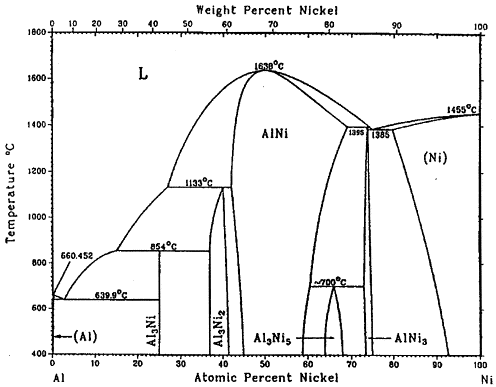
Thermal explosion Al system (Al NPs) have been found huge potential as reactive additives to highly increase
energy density in various energetic systems such as propellants, explosives and pyrotechnics. Aluminum has
been an active ingredient in energetic material formulation because of high energy density and low cost
availability. Aluminum Nanoparticles are receiving considerable interest lately as a possible approach to enhance
the energy release rate from the energetic materials
Thermal explosion Al system as energetic materials have received much recent attention for a variety of
existing and/or potential applications. Among more extensively investigated are nanosized (sub-100 nm)
aluminum (Al) particles. Their large specific surface area and energy density, when coupled or mixed with
oxidative species, make them unique combustible additives in propellant formulations. Nanoscale Al particles
are also studied as high-capacity hydrogen storage materials. Therefore, significant effort has been made on the
development of synthetic methodologies for Al nanoparticles of desired properties.
Nano-aluminum as energetic material for rocket propellants: Thermal explosion Al system Modern solid
rocket propellants for aerospace applications commonly contain aluminum powder as a fuel, because of its high
energy release in the oxidation process to alumina. The oxidation agent is an inorganic salt as ammonium
Perchlorate (AP), embedded into an organic binder a polymeric matrix as hydroxyl-terminated polybutadiene
(HTPB). First gener-ation of aluminum powders is coated by a very thin layer of alumina.Great attention is
focused today on ultra-fine (nanometric) Al particles, because of the significant increase of propellant burning
rate and of the lower ignition time and temperature.From this observation started the interest in characterizing
the chemico-physical properties of pure Al powders..
Thermal explosion Al system: Energetic materials have been widely used for military purposes.Continuous
research programs are performing in the world for thedevelopment of the new materials with higher and
improved performance comparing with the available ones in order to fulfill the needs of the military in future.
Different sizes of aluminum powders are employed toproduce composite rocket propellants. aluminum as an
energetic material and the propertiesand characteristics pertaining to its combustion. Nano-sized aluminum
asone of the most attractable particles in propellants is discussed particularly. Energetic mixtures usually have a
higher energy density than explosive materials with both components in a single molecule. However, mixtures
generally release the energy more slowly because the reaction partners have to find each other. Nanoenergetics
researchers are attempting to achieve faster and more intensive mixing of the fuel and oxidizing agents by
drastically reducing the scale of the distances involved. In most nanoenergetic formulations, nanoaluminum
(aluminum nanoparticles) is used as the fuel and metal oxides as the oxidizing agents.
Thermal explosion Al system (TBE) to that of a high explosive (HE). A high explosive (HE) and thermo-baric
explosive (TBE) are detonated at time to, creating respective pressure pulses. The peak overpressure (PHE) of the
initial pressure pulse of the high explosive is much greater than the corresponding peak overpressure (PTBE) of
the initial pressure pulse of the thermo baric explosive. However, the initial pressure pulse generated by a high
explosive is typically much shorter in duration than the corresponding pressure pulse of a thermo baric
explosive (TBE). The overpressure generated by the high explosive drops at a much faster rate, passing below
ambient pressure at time tHE. In contrast, although the thermo-baric explosive has a lower initial peak
overpressure PTBE in, the initial pressure pulse of the thermo-baric explosive continues in duration until tTBE. As
a consequence of the extended duration of the thermo-baric explosive initial pressure pulse, the total impulse
generated by the thermo-baric explosive (represented graphically by the area between the TBE curve and
ambient pressure between times t0-tTBE) is greater than the total impulse of the high explosive.
Military Use: used in military Thermal explosion Al system to increase reaction temperature, blast and
incendiary effects. werful bombs that use nanometals such as nanoaluminum to create ultra-high burn rate
chemical explosives an order of magnitude more powerful than conventional bombs. Nanothermiteor “superthermite” is one example of such a “Metastable Intermolecular Composite” (MIC.) Nanoweapons are any military technology that exploits the power of nanotechnology in the modern battlefield. The creation of much smaller
nuclear bombs adds new challenges to the effort to limit weapons of mass destruction.” “[The bombs] could
blow open everything that is in place for arms control,
